Ask a Vietnamese person what they think of Da Nang, and they will likely praise the city’s obvious virtues: sun, sand and sea. While these are certainly the highlights of Vietnam’s third-largest city – a popular destination for both domestic and international tourists – there is much more to Da Nang than its vast urban beaches and clear blue skies.
Da Nang lacks the traditional architecture of Hanoi or neighboring cities like Hue and Hoi An. But it makes up for it with its proximity to nature, spacious public spaces, and cuisine that combines traditional favorites with unique innovations. All in all, Da Nang is probably the most livable large city in Vietnam.
Two days is just enough time to enjoy the best that Da Nang has to offer. And the Michelin Guide is here to help you discover the best things to do and, perhaps just as importantly, the best food this coastal city has to offer.
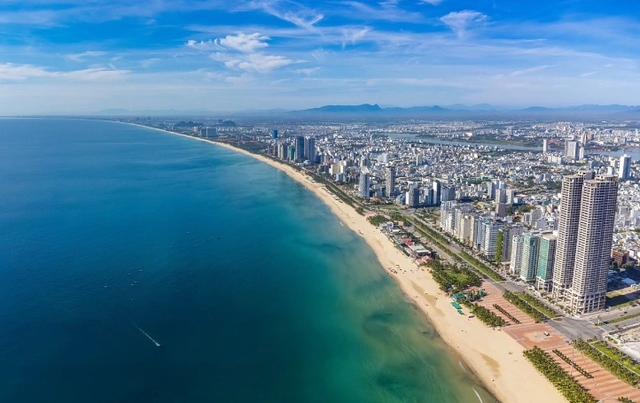
Da Nang beach is more than 10 km long
Day 1
Morning
Do as the locals do and head to the coast at dawn. Da Nang Beach – like most beaches in Vietnam – faces east, which means it offers stunning sunrise views, a simple pleasure not lost on the locals. Da Nang Beach stretches for over 10km but for the Vietnamese, the end of Pham Van Dong or Nguyen Van Thoai Street is said to be the most beautiful. After a dip in the sea, find a sun lounger nearby and enjoy a fresh coconut for breakfast. Before leaving, look out for the giant white statue of Guanyin on the peninsula to the left as you look out to sea.
Take a taxi and follow the coastal road south to Marble Mountains to reach one of the city’s most atmospheric religious sites. The five elements of Eastern philosophy – fire, water, earth, wood and metal – are represented in these five clusters of limestone peaks with marble outcrops. The mountains were mined for marble for decades, but today the caves contain numerous temples. The place to visit is Water Mountain, which has more than a dozen temples and some interesting viewpoints.
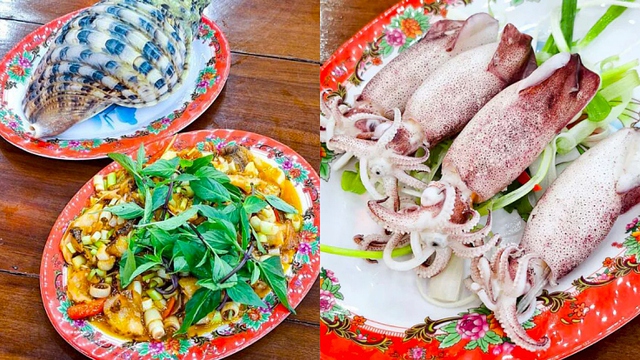
Fresh seafood in Be Man
Lunch
After an hour or two of wandering around the Marble Mountains, taxi back into town along the coastal road and enjoy a delicious seafood lunch at Bé Mẫn. Michelin-inspectors recommend the steamed squid with ginger and spring onions served with salad.
Afternoon
After lunch, head to the Da Nang Museum of Cham Sculpture, the city’s highlight. Da Nang gets hot in the summer months, so spend the afternoon in an air-conditioned museum. The focus here is on the Cham people, who have been present in the central region for centuries. The Da Nang Museum of Cham Sculpture houses the richest and most beautifully presented collection of Cham art on the planet.
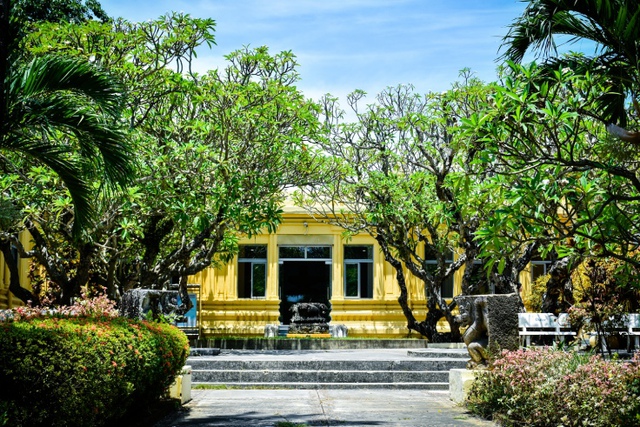
Da Nang Museum of Cham Sculpture
Then head to 113 Nguyen Chi Thanh to find a trendy cluster of cafes popular with students. There are plenty of interesting options here. From there, it’s a 5-minute walk north to the early 20th-century Dien Hai citadel, where you’ll also find the Da Nang Museum. It’s not the city’s best museum, to be honest. But it does have some remarkable photos that show how Da Nang has transformed from a small fishing village to a glittering metropolis in just a few decades.
Dinner
Just south of the citadel, you'll find Bun Cha Ca 109, which serves a Da Nang specialty: fish noodles and seafood broth, topped with bamboo shoots, cabbage, pineapple, fish balls, and crab cakes.
Day 2
Morning
There’s no need to get up at dawn this morning, but you should still start early by heading to the Son Tra Peninsula, a vast expanse of jungle. If you’re comfortable on two wheels, rent a motorbike. Otherwise, commandeer a taxi. First, head to Linh Ung Pagoda and see the towering statue of Guanyin, the one you saw from the beach yesterday. Then, head further out of town and see if you can spot the endangered red-shanked douc langur. Keep your eyes peeled and you’re likely to see them.
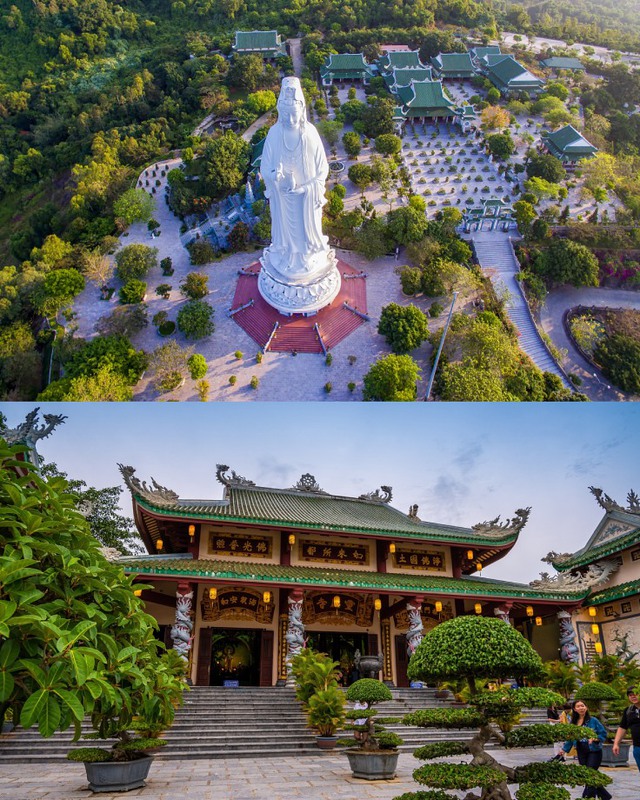
Linh Ung Pagoda on Son Tra Peninsula
Lunch
On the way back to the city, take a detour and stop for a light lunch at Nam Hien (Phan Thanh Street). The signature dish here is banh xeo, a delicious pancake made from rice flour topped with shrimp and bean sprouts. Here, banh xeo is served with a sweet peanut dipping sauce.
Afternoon
After lunch, it’s time to relax at another museum. This time, head to the Da Nang Fine Arts Museum, a little-visited but excellent establishment with a rich collection of works by artists from the central region. Most of the art is housed upstairs, where it’s divided by medium: oil, silk, sculpture… The standout work is probably the lacquer, which is meticulously crafted to create a shimmering sheen. After the museum, head to the beach for one last dip and then get ready for dinner.
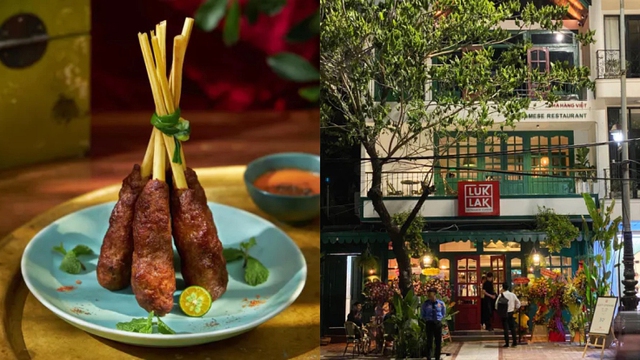
Cuisine in Luk Lak
Dinner
Round off the days with dinner on Da Nang’s swanky riverside. Luk Lak serves smart modern Vietnamese cuisine in the heart of the city, with standout dishes including grilled minced beef with herbs and lemongrass.
Evening
After dinner, take a stroll down Bach Dang Street and along the Han River. You will see Da Nang’s colorful bridges lit up spectacularly, including the iconic Dragon Bridge. If it’s Saturday or Sunday, cross the Dragon Bridge to the east and watch the fire-breathing head, which starts at 9pm sharp. Then, head to a riverside bar…
Source: https://thanhnien.vn/du-khach-kham-pha-gi-khi-co-48-gio-o-da-nang-185241119114154191.htm



![[Photo] Prime Minister Pham Minh Chinh chairs meeting to deploy overcoming consequences of storm No. 10](https://vphoto.vietnam.vn/thumb/1200x675/vietnam/resource/IMAGE/2025/10/3/544f420dcc844463898fcbef46247d16)


![[Photo] Students of Binh Minh Primary School enjoy the full moon festival, receiving the joys of childhood](https://vphoto.vietnam.vn/thumb/1200x675/vietnam/resource/IMAGE/2025/10/3/8cf8abef22fe4471be400a818912cb85)





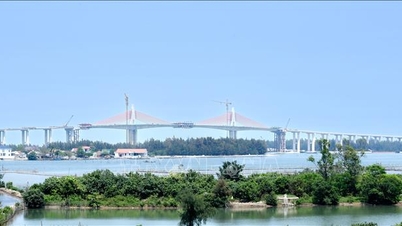


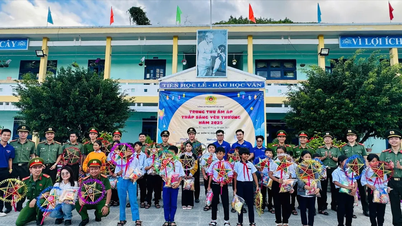

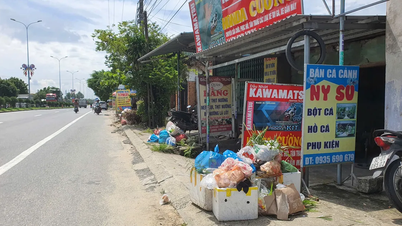
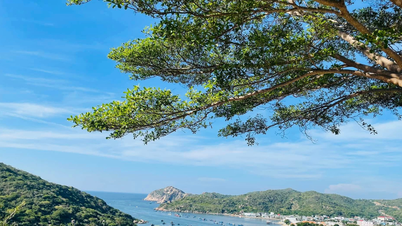


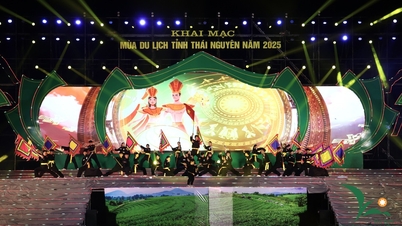
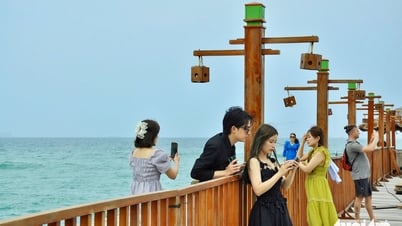



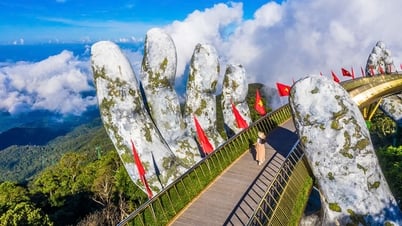





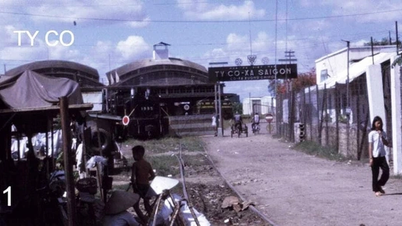




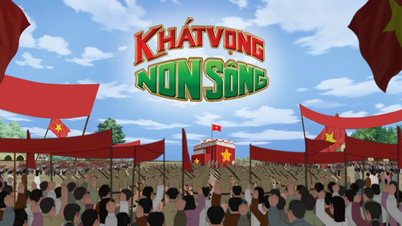
















































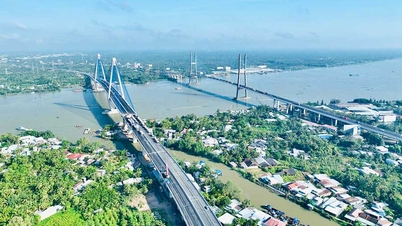



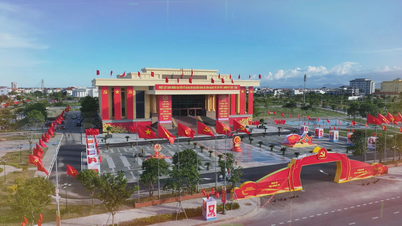


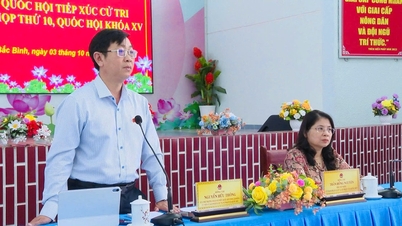














Comment (0)